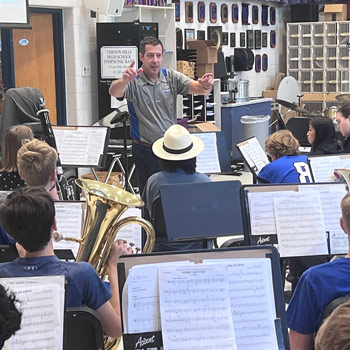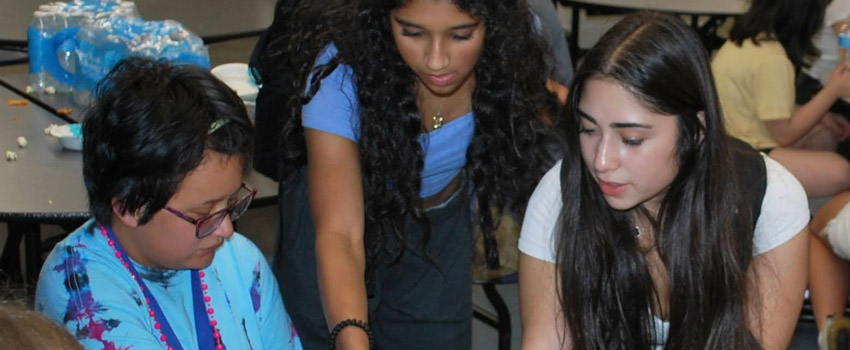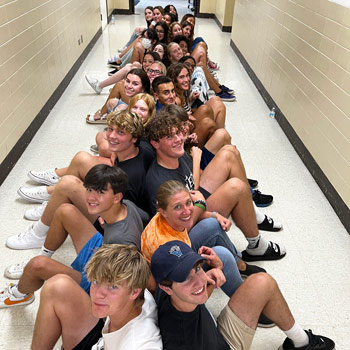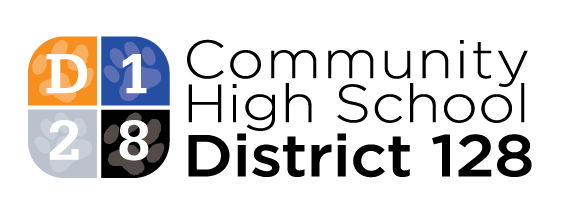
Strategic Plan
Equity and Inclusion


Goal 2 - Equity and Inclusion
District 128 has invested time and resources into foundational equity work. The District Profile and stakeholder input confirm the need for ongoing and strengthened commitment to this work. Completion of goal two will result in identity-affirming environments, increasing diverse staffing, success for all students, equitably distributing resources, supporting equity personnel, an inclusive curriculum, culturally responsive pedagogy and anti-racist education, expanding community partnerships, equity-focused professional learning, and equitable policies.
Systems
To ensure a systemic and continuous development toward advancing equity within all policies, processes, procedures, initiatives, decision-making and fiscal responsibilities.
Objective
- Develop a budget process to equitably allocate resources
- Audit and revise the course recommendation placement process
Measurement
- Publish equitable funding process used by all account managers
- Increase number of diagonal course placements
- Adopt Accelerated Placement Policy
Key Tasks
- Audit current budget process and collect data on allocations to departments
- Conduct needs assessment for programs and courses
- Address inequities in resourcing
- Evaluate current course level placement process
- Establish criteria for appropriate course placement
- Publish an Accelerated Placement Policy
- Identify methods to create more heterogenous classes
- Enhance the co-teaching model
Teaching and Learning
To intentionally embed equity-driven pedagogy in curriculum, resources, instructional approaches, use and consideration of assessments, and academic programming for the purpose of advancing equity among all students.
Objective
- Assess the status of diversity and inclusion in existing curriculum maps for the American Literature, U.S. History, and American Studies courses
Measurement
- Develop a rubric to measure the level of representation and integration within course curriculum
- Review rubric scores for the target courses
- Measure response change from Panorama
- Complete number of audits for additional content areas
Key Tasks
- Create a warehouse of curriculum maps
- Design a diversity and inclusion curriculum evaluation tool
- Work with American Literature, U.S. History, and American Studies course teams to pilot the diversity and inclusion curriculum evaluation tool
- Refine diversity and inclusion curriculum evaluation process for other course audits
Student Voice, Climate and Culture
To consistently seek students’ feedback and experiences on organizational culture and climate.
Objective
- Increase student connectedness and sense of belonging through extracurricular participation
Measurement
- Increase student participation in extracurricular activities
- Increase number of students expressing connectedness within their school community through surveys
Key Tasks
- Determine which students are not involved in any extracurricular activities
- Survey students to determine challenges related to extracurricular participation
- Host student focus groups to address non-participation in extracurricular activities
- Develop an action plan to increase extracurricular participation
Professional Learning
To provide a continuum of professional learning and growth opportunities for all staff in pursuit of educational equity.
Objective
- Develop a continuum of systemic learning for all staff on equity and related paradigms
- Develop and implement required all-staff professional learning related to interrupting identity-based violence and microaggressions
Measurement
- Develop rubric to measure knowledge and implementation of equity practices
- Utilize data to continuously track implementation of equitable practices in classes
- Develop system to monitor staff growth along the equity and inclusion continuum
- Develop common learning experience related to equity for all staff
- Examine evidence of school-wide implementation of equity practices through decreased reports of unaddressed negative identity-based exchanges
Key Tasks
- Identify current barriers to diversity, equity, and inclusion (DEI) professional development
- Explore structures used in other districts to provide DEI professional learning
- Research models of professional learning continuums that meet the differentiated needs of staff
- Engage staff in workshops that address handling identity-based altercations and microaggressions in educational settings
Family and Community as Agency
To partner with families and the community for authentic opportunities to serve the students, schools, and district.
Objective
- Communicate with underrepresented families to develop opportunities for increased engagement
Measurement
- Increase underrepresented family engagement rates
Family and Community as Agency
- Invite underrepresented families to participate in identity-based focus groups to gather information on how the district can best interact with them
- Create a family and community engagement advisory group
- Develop a plan to increase engagement with under-represented families
- Host family engagement events
This site provides information using PDF, visit this link to download the Adobe Acrobat Reader DC software.
